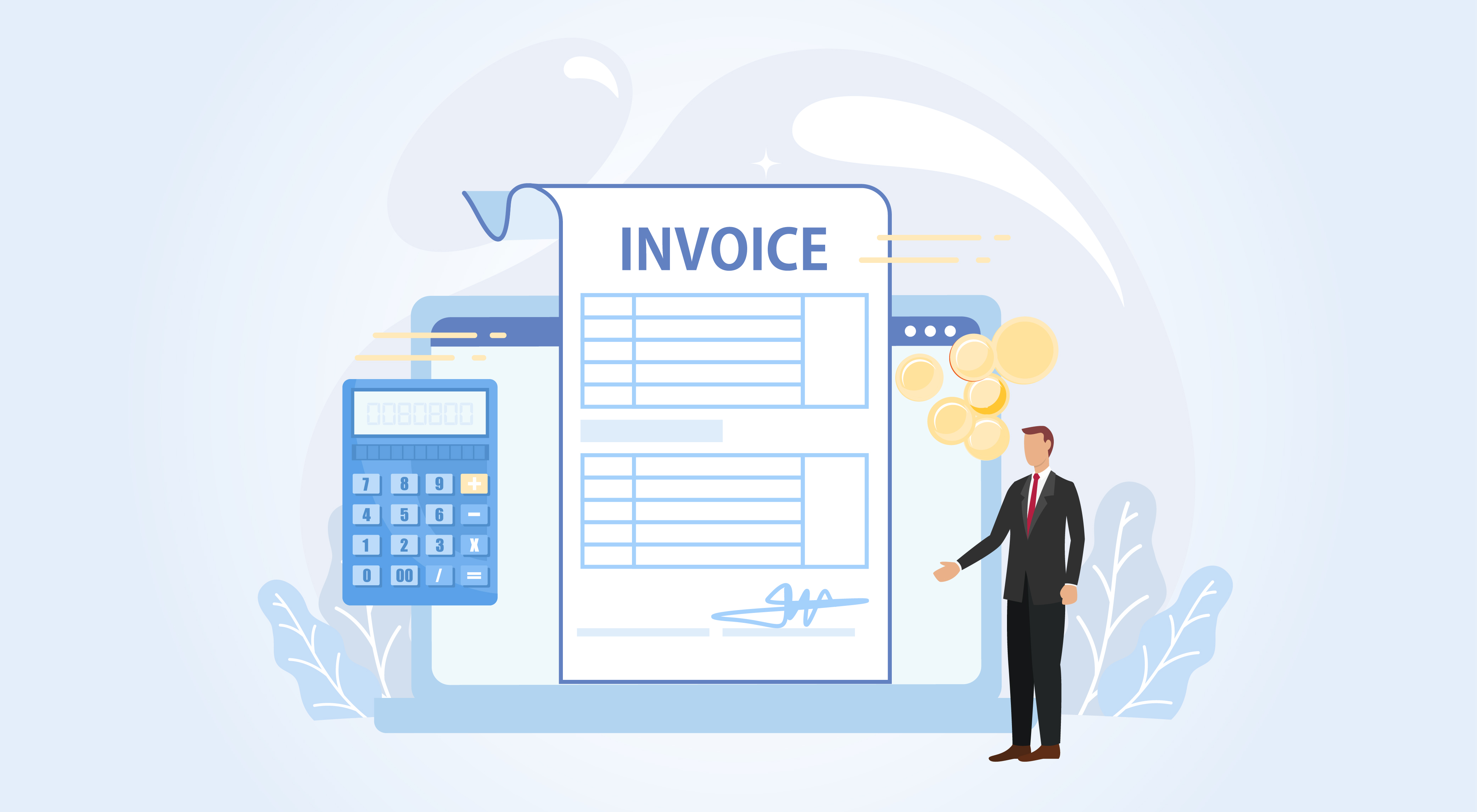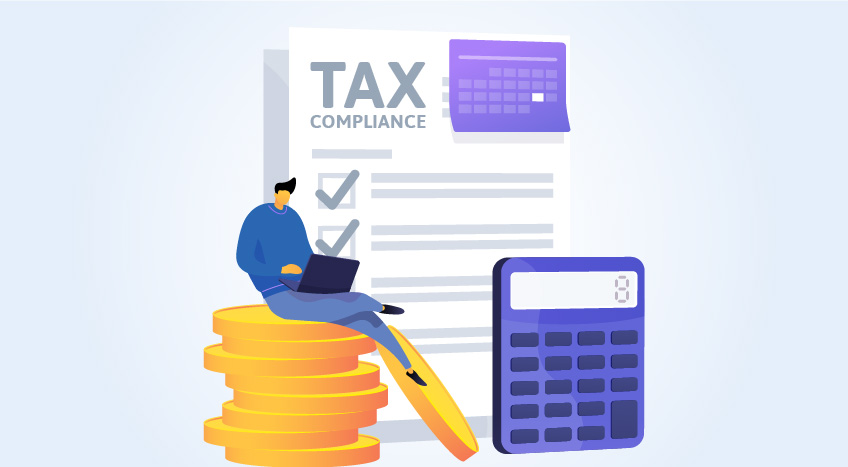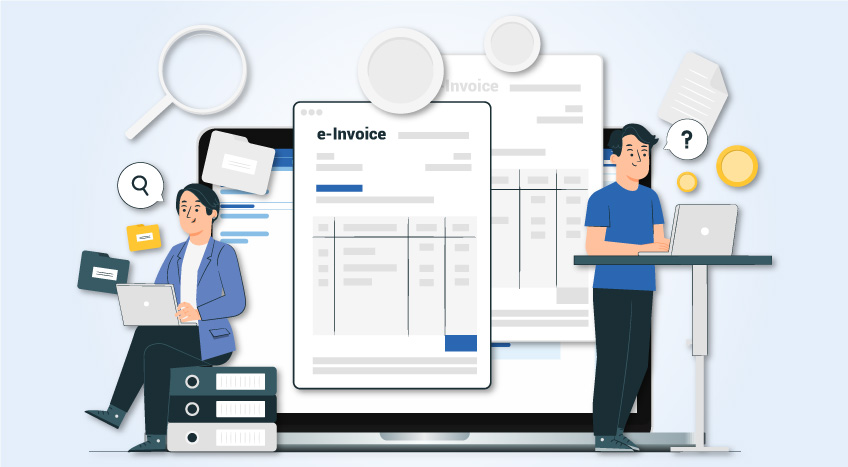With each passing day, we are moving one step closer to the implementation of VAT in UAE. VAT in UAE is a general consumption tax which will be levied on the majority of transactions of goods and services unless specifically exempted by the Law. Under this, VAT is charged at every stage of 'Value Addition' in the supply chain and the mechanism of Input tax deduction ensures that the businesses act as tax agents or tax collectors of the government, who collect the tax from the end consumers, account and pay the tax. Ultimately, the end consumer pays the tax.
The government authorities are working in full swing to implement VAT in UAE and following are the key milestones achieved in the process of implementing UAE VAT Law:
- Draft UAE VAT Law was made available in MOF
- Federal Law on tax procedures was released
- VAT Decree-Law was released
- Online VAT Registration is opened in FTA portal
Finalization of UAE executive regulation will be the next big task in the process of implementing VAT in UAE.
VAT Implementation in UAE
VAT is expected to be introduced across the UAE on 1st January, 2018. The Kingdom of Saudi Arabia and UAE will be the first 2 member countries of GCC to implement VAT. The other member countries such as Bahrain, Oman, Qatar and Kuwait are expected to implement VAT in the middle of 2018 or beginning of 2019.
A standard rate of 5% will be levied on the supply of goods and services in UAE. However, there are certain supplies such as local passenger transportation, specified financial services, healthcare, exports outside GCC and so on, which will be either zero-rated or exempted from VAT in UAE.
Only when 'Executive Regulations' for VAT are released, clarity on the conditions and controls for exempting the supplies mentioned in UAE VAT law will be available.
Business Readiness for Value Added Tax in UAE
1st January 2018, is the expected date for VAT Implementation in UAE. The time available, just about 2 months from now, is crucial for businesses to prepare themselves towards the new taxation system and be 'VAT Ready'. Being 'VAT Ready' does not mean your readiness as on 1st January 2018, it signifies about today's readiness for VAT.
First of which is about ensuring that all the financial transactions are recorded and books of accounts are accurate and up to date. This is because, the books of accounts will act as evidence for minimum annual turnover threshold limit for registration and on this basis, either you will be mandated to register or you can request for exemption from registration.
Secondly, being 'VAT Ready' means, you have to charge VAT on the supply of taxable goods and services, account the VAT paid on the purchases such that Input tax deduction can be claimed and finally, you have to file online VAT returns on a regular basis, disclosing the details of VAT charged and paid.
Therefore, the first immediate step toward VAT readiness will be to explore the best VAT Software which will not only help you to be VAT compliant tomorrow - when VAT is implemented in the country but will also help you transit seamlessly into the new VAT era.
Apart from exploring the best VAT Software, it is imperative for businesses to understand the fundamentals of VAT and business implications. We foresee that businesses may have to make changes to their business operations, financial management, book-keeping and so on, to fully comply with the VAT requirements. The following are a few key tasks for your VAT readiness:
- Explore best VAT Software - Adapt and Align with your business activities
- Build the organizational competency by educating your teams on the fundamentals of VAT and its impact on your business
- Review your business processes, practices and procedures - mainly pricing, procurement, invoicing, logistics etc. in line with VAT requirements and align accordingly
- Ensure books of accounts are accurate and update date
- Inform your vendors and customers about VAT and subsequent impact on transactions
- Preparation &Transitioning to VAT
Read more about UAE VAT
- UAE VAT Return
- How Does VAT System Works
- VAT Return Filing in UAE
- VAT on Gold & Diamond Business
- VAT on Exports & Imports
- No VAT on Import of these Goods
VAT Rate
- VAT Rates Applicable to Education Sector in UAE
- UAE VAT Rates- Handbook
- Zero-Rated and Exempt Supplies in VAT Form 201
VAT Registration









